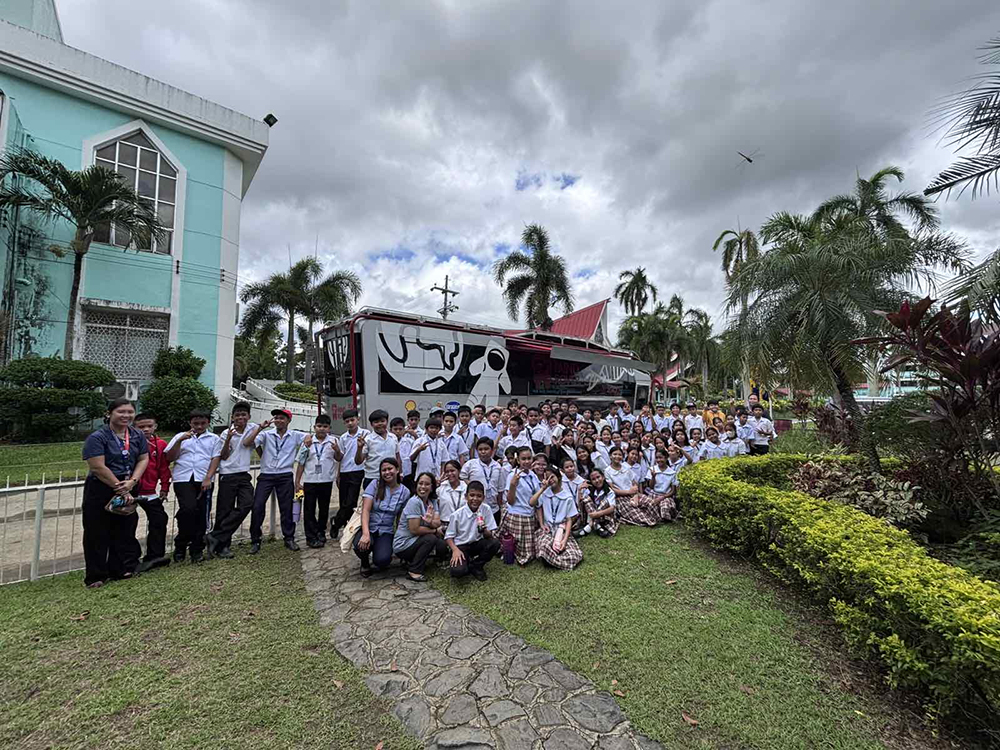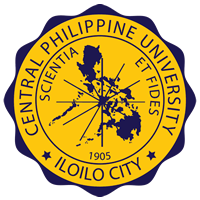By Prof. Cherrylyn M. Macairan

Over 900 students participated in the three-day Science Exploration Outreach held on October 13-15, 2025, organized by CPU’s Department of Life Sciences in collaboration with Bonifacio Art Foundation, Inc., and Biology Teachers Association–Western Visayas, featuring interactive exhibits from the Mind Rover Mobile Museum. Photo from The Mind Museum Facebook page.
A total of 944 learners from various schools in Iloilo City actively participated in a dynamic three-day Science Exploration Outreach Activity held from October 13 to 15, 2025. The event featured engaging science shows and an interactive exhibit from the Mind Rover Mobile Museum, sparking curiosity and enthusiasm for science among students of all ages.
Organized in collaboration with Bonifacio Art Foundation, Inc., Biology Teachers Association-Western Visayas, and the Department of Life Sciences of Central Philippine University, the outreach aimed to make science accessible, exciting, and educational for young minds. Through hands-on exhibits and captivating demonstrations, participants were introduced to real-world applications of science and technology in a fun and approachable manner.
The highlight of the event was the Mind Rover Mobile Museum, which brought a traveling collection of science exhibits directly to the learners. It included interactive displays like the periodic table of elements, flow of electricity, different kinds of rocks, scientific models like human body, mountain formations, and experiential learning activities designed to ignite interest in various STEM fields.
The outreach activity supports the broader goal of promoting scientific literacy and inspiring the next generation of Filipino scientists and innovators. By bringing science closer to communities, the partners hope to nurture a culture of inquiry, discovery, and critical thinking among the youth.
The success of the activity reflects the growing recognition of the importance of science education in regional development and the role of collaborative efforts in empowering future leaders in science and technology.
